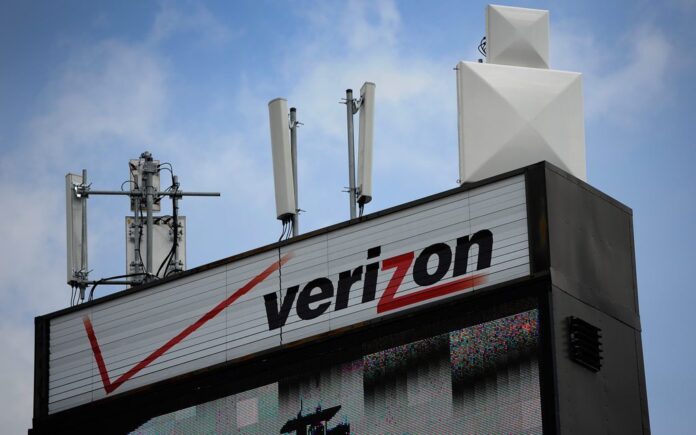Verizon’s network proved to be the tipping point last week when Internet traffic reached a level that caused data sets to change and impacted networks around the country. According to the Wall Street Journal, Verizon added new routes to a dataset, and the relatively commonplace change proved to be too much for many Internet routers to handle. Most problems were solved before they impacted customers, but engineers have started talking about the looming 512K threat.
512K refers to the half a million entries that are considered the reasonable limit for routing tables. Routers cannot consistently handle data sets with more than half a million entries, but data sets of this size are becoming more common.
New, improved routers would seem to be the logical solution for network operators. However, forecasts for router sales are not particularly strong right now. Analysts think many network operators are waiting to see if they can move some functionality to software and get more use out of older routers.
Meanwhile, as the amount of network traffic continues to skyrocket, there is more focus on congestion at the edge of the network than on overloads deep in the data center. But solving for congestion at the edge may help ameliorate data center overloads as well.
Vodafone and the Imperial College of London are experimenting with small data centers placed close to cell sites. The main goal is facilitating mobile data traffic. But if small, dispersed data centers catch on they could also make 512K less threatening. If the routers in one data center become overloaded, a nearby center’s hardware may be ready to pick up the slack right away.

Verizon triggers 512K incident
ABOUT AUTHOR
